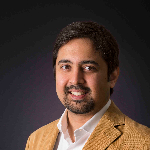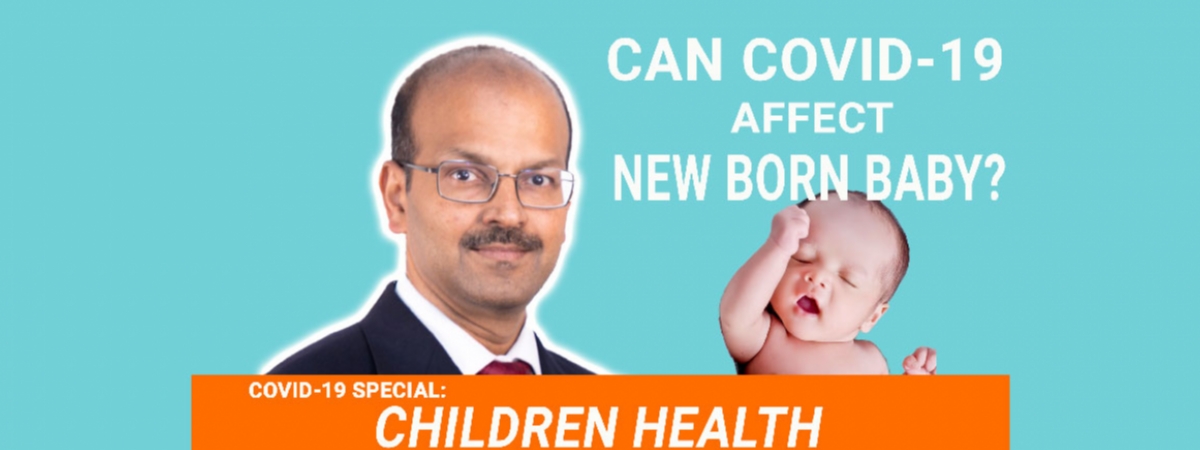The A to Z of Braces and Aligners
10 October 2019
527 views
We sat with Dubai-born Dr Punit Thawani, a specialist orthodontist at Precision Dental Clinic in Dubai, to learn more about orthodontic treatments. We asked him to help us understand the different types of orthodontic treatments, in addition to when and why braces or clear aligners are used to help the patient.
What is orthodontics?
As a specialty, it is to improve the aesthetics, function and stability of teeth. What I mean by this is that, not only do we straighten the teeth and make your smile look good, we get the teeth into position where they function well with each other in terms of biting, speaking and being in harmony with the muscles and joints of the jaw. It also involves looking at the treatment over a period of time. For example for teens, teeth are growing so you have to consider how they will develop whereas for adults you have to consider how the teeth will support the face, jaw and muscles during the aging process.
What makes an orthodontist good?
A good orthodontist gives a lot of importance to diagnosis and treatment planning. Every patient has a unique set of problems which includes dental, medical and socio-economic issues. It’s not just teeth you are treating but the person themselves and tailoring a treatment plan that accommodates all the issues pertaining to that person.
What are the differences between braces and aligners?
Braces and aligners are two different modalities of straightening teeth to a correct bite. Braces are fixed onto the teeth and can only be fitted or removed by an orthodontist. Aligners are a removable solution. There’s a lot of technology involved with creating and developing aligners. You will need a virtual 3-D model made of the teeth, along with a treatment plan for aligners to be made to specification. For braces, they are typically placed directly onto the teeth and the movements are controlled by the orthodontist.
What is a better solution: braces or aligners?
The end result of either treatment is straight teeth and the bite is improved. In certain cases you need more control over the kind of movements to shift teeth into certain positions, for most orthodontists and I personally prefer to have something fixed. Braces tend to give you more control over how teeth are moving. Aligners do have some limitations, however in the end, it is according to the profile of the patient and the recommendation of the orthodontist as to which orthodontic treatment is the most appropriate for the patient to have a good smile, bite and look good over time.
What is the best brand of invisible aligner?
The most important difference between the brands of aligners is unfortunately something that the patient can’t see. It is something that a doctor can see and decide. It is pretty much the back-end, the software that is being used to develop the treatment plan and to control the movements of the aligner. That’s one aspect of it, the other is the material that the aligners are made from. Considering these two factors, different aligners will give you different results with some being more effective than others.
How long does an orthodontic treatment last, and how to ensure great lasting results?
Between one to two years is how long it takes to get full a full orthodontic treatment done. For some patients, a simple alignment treatment can otherwise take 6 to 8 months. The function of the retainer after orthodontic treatment is to hold the teeth in the corrected position after the treatment is over. Even after moving teeth, they have a tendency to want to move back to their original position and this tendency is the highest in the first year after completing a treatment. Retainers have to be worn very religiously during the first year.
What are some common misconceptions of braces and aligners?
MYTH 1: Aligners can be worn sometimes
TRUTH: Aligners need to be worn full time to be effective and should be removed only when eating or brushing.
MYTH 2: Retainers are not needed after an orthodontic treatment such as aligners
TRUTH: Whether you move teeth with braces or aligners you do need retainers to avoid teeth relapsing back to their original positions
MYTH 3: Teeth can be straightened only at certain ages
TRUTH: As long as you have healthy gum and bone condition, there is no age limit to when you can get your teeth straightened. Starting from the age of 7 or 8 upwards up to almost any age.
Comments
Other Articles
- The Best Prevention for Skin Aging is Education - 13 October 2020
- Learnings from the Frontline - 22 June 2020
- Can COVID-19 Affect New Born Babies? - 14 June 2020
- Traditional Indian Methods to Boost Your Immune System during COVID-19 - 11 June 2020
- Why Sudden Headache, Neck & Lower Back or Foot Pain While Working from Home? - 09 June 2020
- Does wearing mask mean death sentence for cosmetic dentistry? - 03 June 2020
- Aerosols are dangerous. Shall I delay dental treatments? - 03 June 2020
- Does COVID-19 mean no more braces with DIY Dentistry? - 01 June 2020
- Parents in Pandemic: How to Help Children Embrace the New Normal? - 29 May 2020
- Is it Safe to visit Dental Clinics during COVID-19? - 27 May 2020
- Skin Trouble After Wearing Face Masks? - 26 May 2020
- Parents in pandemic: how to keep children healthy and happy - 21 May 2020
- Severe Tooth Pain in the Middle of the Lockdown? - 20 May 2020
- Kids are very good COVID-19 carriers - 19 May 2020
- How pregnant women can boost their immune system during COVID-19 - 15 May 2020
- WORK FROM HOME? Beware of these Bone and Muscle Issues - 13 May 2020
- What happens to my braces? Orthodontic treatments during COVID-19 - 12 May 2020
- You can get Coronavirus through Eyes! Says Dubai Eye Doctor - 11 May 2020
- COVID-19, Perfect Time to Start IVF Treatment? - 10 May 2020
- A Psychiatrist's Advice to UAE Moms During COVID-19 - 07 May 2020
- Dubai OBGYN explains Infertility Procedures during Covid-19 - 04 May 2020
- COVID-19 and Pregnancy in Dubai - 19 April 2020
- Good Vision Not a Sign of Healthy Eyes - 30 March 2020
- The Complete Guide for the Best Dental Implants in Dubai - 14 October 2019
- Why Teeth Brushing at Home is Not Enough? - 09 October 2019
- Everything You Need to Know About Veneers - 02 October 2019
- What Happens If You Neglect Gum Bleeding? - 26 September 2019
- Children Will Never Forgive You for the Toothache - 05 September 2019
- How Dental Implant Surgery can be Pain-free - 03 September 2019
- This Doctor May Solve Your Chronic Headaches - 18 August 2019
- Meet Dr Madhu Matthews at Mankhool Dental Clinic - 07 July 2019
- 5 Ways to Keep Your Skin Healthy in the Middle East - 16 April 2019
- A German Pediatrician’s Recipe for Healthier Children in Dubai - 03 April 2019
- The Right Moment to Consider Plastic Surgery - 03 April 2019
- Obesity is a Disease - 31 March 2019
- South Asians in Dubai Suffer the Most from Heart Disease - 10 March 2019
- Best Braces to Choose: Damon system or Invisalign - 09 March 2019
- Korean Dermatologist Debunks UAE Tap Water Myth - 14 February 2019
- Interview: A Surgeon’s Simple Approach to Complex Surgery - 03 February 2019
- Interview: A Dentist's Playlist for Beautiful Teeth - 23 January 2019
- Interview: This Chairman of a Medical Group Pioneered Keyhole Surgery in the UAE - 08 January 2019
- Interview: Husbands Are Unknowingly Making a Pregnancy Riskier - 07 January 2019
- Interview: How to Make Orthodontic Treatments Affordable? - 20 December 2018
- Interview: Psychiatric Approach to Happiness in Dubai - 20 December 2018
- Interview: The Psychology of Identity Loss in Dubai - 17 December 2018
- Interview: A Humanitarian Approach to Plastic Surgery - 16 December 2018
- Interview: Treat Infertility like Solving a Puzzle - 10 December 2018
- Interview: Dubai's Only Comedian Dentist - 10 December 2018
- Interview: A Holistic Approach to Gynecology in Dubai - 27 November 2018
- Interview: Treat Pain without Surgery - 26 November 2018
- Interview: Best Surgeon in Dubai 2017 - 22 November 2018
- Interview: UAE's Only Female Vascular Surgeon - 28 May 2017
Related Articles
The Best Prevention for Skin Aging is Education
Meet Dr Olga Islomova, a senior beauty and laser aesthetician.
13 October 2020
Learnings from the Frontline
Dr Anil shares his fear, challenges, and learnings as COVID-19 task force leader at a Dubai ...
22 June 2020
Can COVID-19 Affect New Born Babies?
Dr Sridhar shares his first-hand experience on the effect of Coronavirus to new born babies
14 June 2020
Ask Doctors in Dubai
Thank You
Login
Login
Forgot Password?
Register Now
Edit Topic
Edit Comment
Edit Review
Profile Image
Loading...
Please wait...








Enter your comment below
Press 'ENTER' key to submit